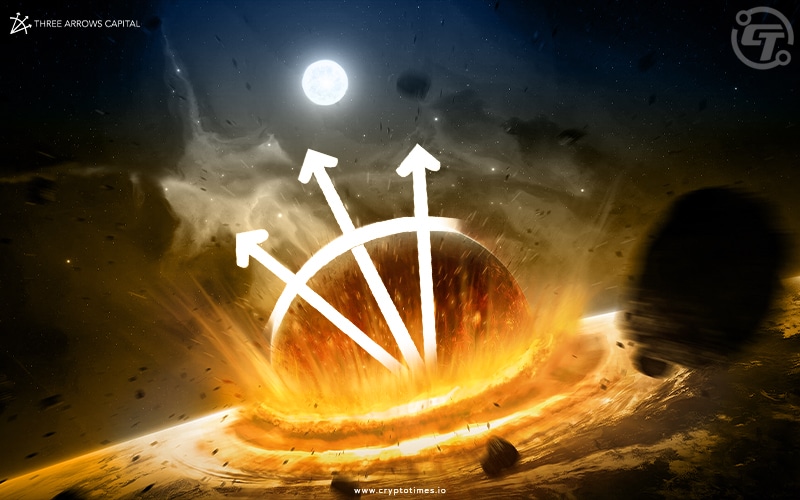It all started with various Twitter accounts sharing analytics data indicating that Three Arrows Capital (3AC), one of the industry’s largest hedge funds, is facing possible insolvency and is in the process of liquidation.
How did 3AC come to be liquidated, and why is the impact on the crypto industry monumental?
Three Arrows Capital (3AC) is a well-known Venture Capital firm that invests in promising crypto projects such as Avalanche, BlockFi, Deribit, Fireblocks, and StarkWare.
Basically, it is a significant borrower, and the failure of DeFi lenders or borrowers could have a significant impact on the ecosystem.
Su Zhu and Kyle Davies’ 3AC is said to be working out how to repay lenders and other counter-parties after being liquidated by top-tier lending firms in the space.
Its exposure to the Terra crash, Celsius, and stETH have also raised concerns about its financial state. Also, 3AC was leveraged long, which caused heavy losses and margin calls.
Despite the fact that each stETH is backed by one ETH token staked on Ethereum’s Beacon chain (Ethereum 2.0), the ETH tokens are now locked and inaccessible.
So, the hedge fund was seen selling millions of Lido Staked Ethereum (stETH) in multiple transactions to avoid liquidation of its positions.
With the markets collapsing, 3AC had to front more money to pay back and exit the leveraged long positions, bringing them closer to liquidation.
Three Arrows and Celsius had both collateralized stETH in order to borrow ETH. Because of the drop in stETH prices, they are now vulnerable to liquidation.
When projects like Avalanche, Solana, and Polkadot, backed by 3AC’s collateralized ETH, are down over 50%, the crypto hedge fund is concerned about the liquidation of multiple positions.
How the liquidation of 3AC may affect the cryptocurrency market?
If Three Arrows were to be liquidated, it would force the firm to sell its holdings on the open market, causing the market to fall even further.
The ripple effect in the market will be reduced credit by lenders and wider bid-ask spreads as investors are required to deliver their risk exposures in order to maintain the same amount of Value at Risk (VaR).
The collapse of a major hedge fund will reduce overall credit in the system, leading to further deleveraging.






